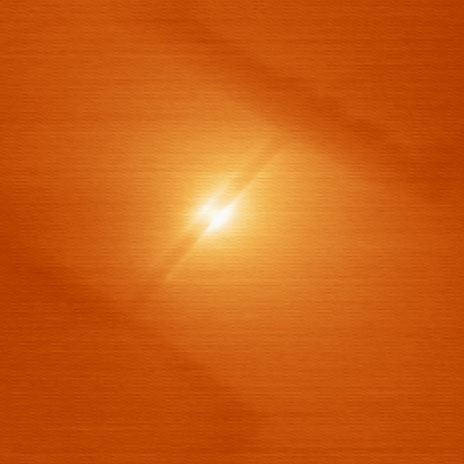Nanotransistor boosts sensitivity of gene sequencer
December 22, 2011 | Source: IEEE Spectrum
Researchers dream of being able to sequence anybody’s genome for less than US $1000, ushering in a new age of personalized medicine where treatments can be tailored to a patient’s particular genetic makeup. One of the candidate technologies to achieve that dream is ”nanopore sequencing,” and Harvard researchers say they’ve taken a big step toward making the technology work.
In nanopore sequencing, an electric field pulls ions in the water and strands of DNA through a minuscule protein hole or a hole in a solid-state membrane. Because the pore is not much wider than the DNA strand, when a strand passes through the amount of ionic current is altered. Each of the four nucleic acids can be identified by its distinct effect on the current.
But the current in question is very small, measured in picoamps and the DNA passes through the pore at such a rapid clip that electronics have a difficult time distinguishing such a small signal in so short a time.
The Harvard team, part of chemistry professor Charles Lieber’s laboratory, took a different path: boosting the signal. Their device consists of a chip that holds a field-effect transistor built from silicon nanowire and placed on a membrane made of silicon nitride. The pore is a small hole through both the nanowire and the membrane.
Instead of measuring a change in current caused by a passing bit of DNA, the chip measures the conductance of the nanowire transistor near the nanopore, which is proportional to the current and voltage. Ping Xie, a postdoctoral researcher in Lieber’s lab, says other nanopore systems have to measure a current signal from tens of picoamps to a few nanoamps. ”Now we can measure tens of nanoamps to hundreds of nanoamps,” he says.
Where other nanopore systems operate at a rate of 10 to 100 kilohertz — not fast enough for DNA moving through the pore at roughly 1 million chemical units, or bases, per second — Xie says the Harvard version should in principle operate at a few gigahertz, far faster than the DNA moves.
Ref.: Ping Xie et al., Local electrical potential detection of DNA by nanowire–nanopore sensors, Nature Nanotechnology, 2011 [doi: 10.1038/nnano.2011.217]
